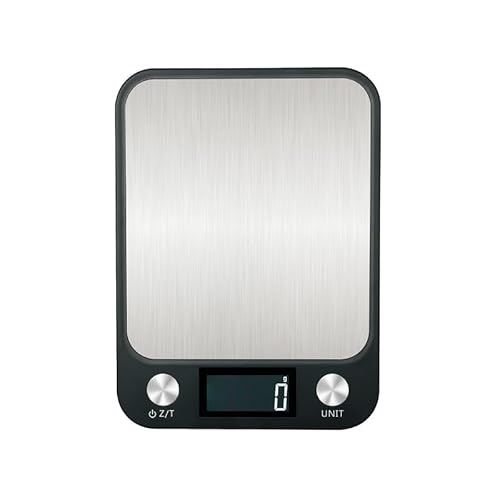I have been searching through the forums for a good shaving soap. I am not really sure what qualities I am looking for, so I am hesitant to try and develop a recipe on my own. I do know that it needs to be slick and it needs to be creamy, and it needs to form a nice hard bar.
I will be using stearic in this recipe, which is a first for me. I have never had any trouble with trace, but I want to guarantee the hardness. I have seen pros and cons posted in relation to the use of stearic acid. I do know that I want to minimize the use, but I have definitely decided it is a must. I plan on using both shea and cocoa butters. I may, depending on what the calculator says, use castor oil. Probably not, though since I usually use that for bubbles. I don't expect to use clay. I expect to use avacado oil and possibly coconut oil. I am not experienced in dual lye soaps and I don't want to start now.
Does anyone have a successful recipe that uses only a single lye and that incorporates these or similar ingredients?
This will be a gift to my son who shaves with a straight razor.
Thanks all for your advice.
I will be using stearic in this recipe, which is a first for me. I have never had any trouble with trace, but I want to guarantee the hardness. I have seen pros and cons posted in relation to the use of stearic acid. I do know that I want to minimize the use, but I have definitely decided it is a must. I plan on using both shea and cocoa butters. I may, depending on what the calculator says, use castor oil. Probably not, though since I usually use that for bubbles. I don't expect to use clay. I expect to use avacado oil and possibly coconut oil. I am not experienced in dual lye soaps and I don't want to start now.
Does anyone have a successful recipe that uses only a single lye and that incorporates these or similar ingredients?
This will be a gift to my son who shaves with a straight razor.
Thanks all for your advice.











































